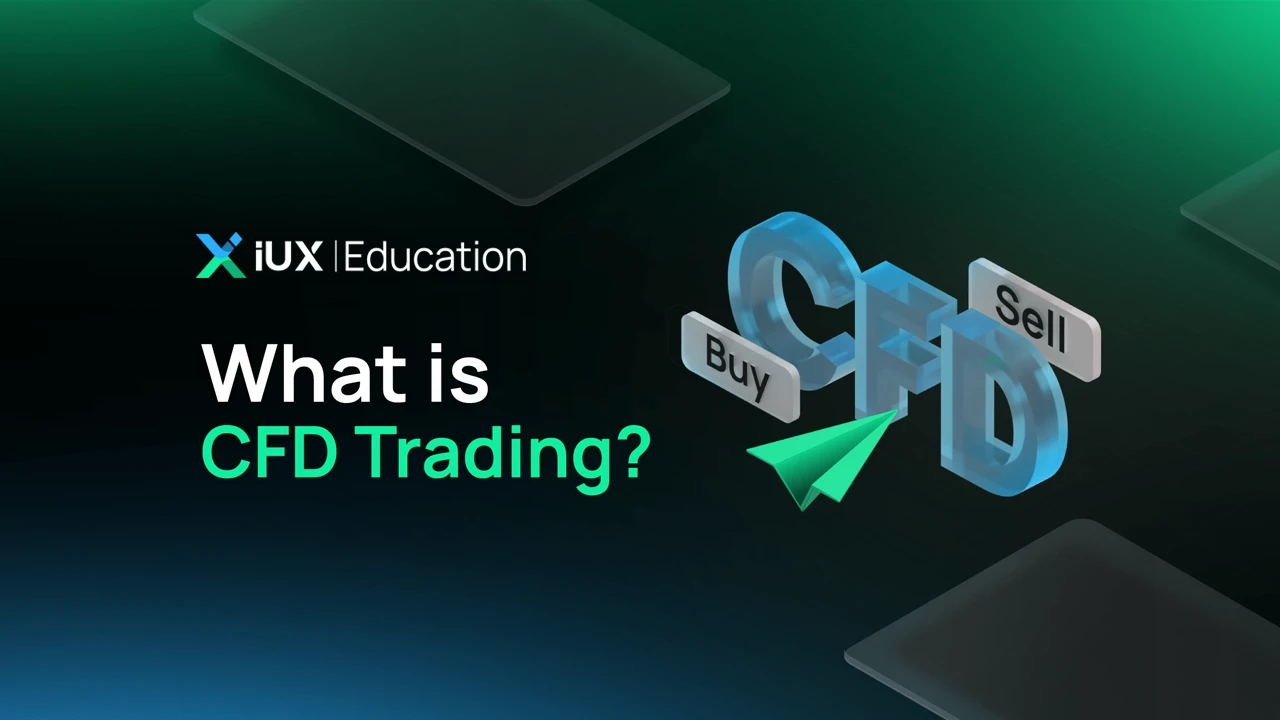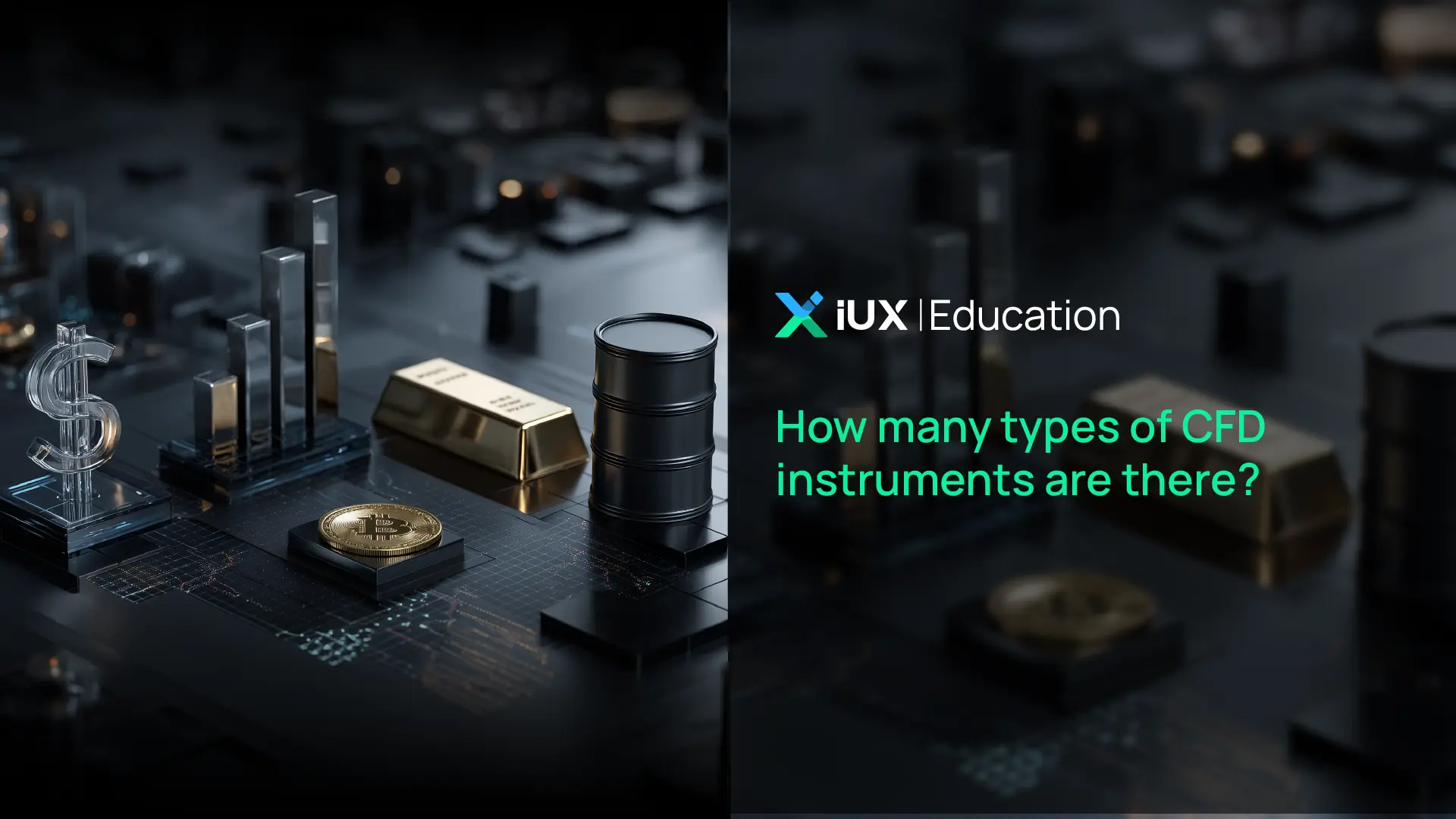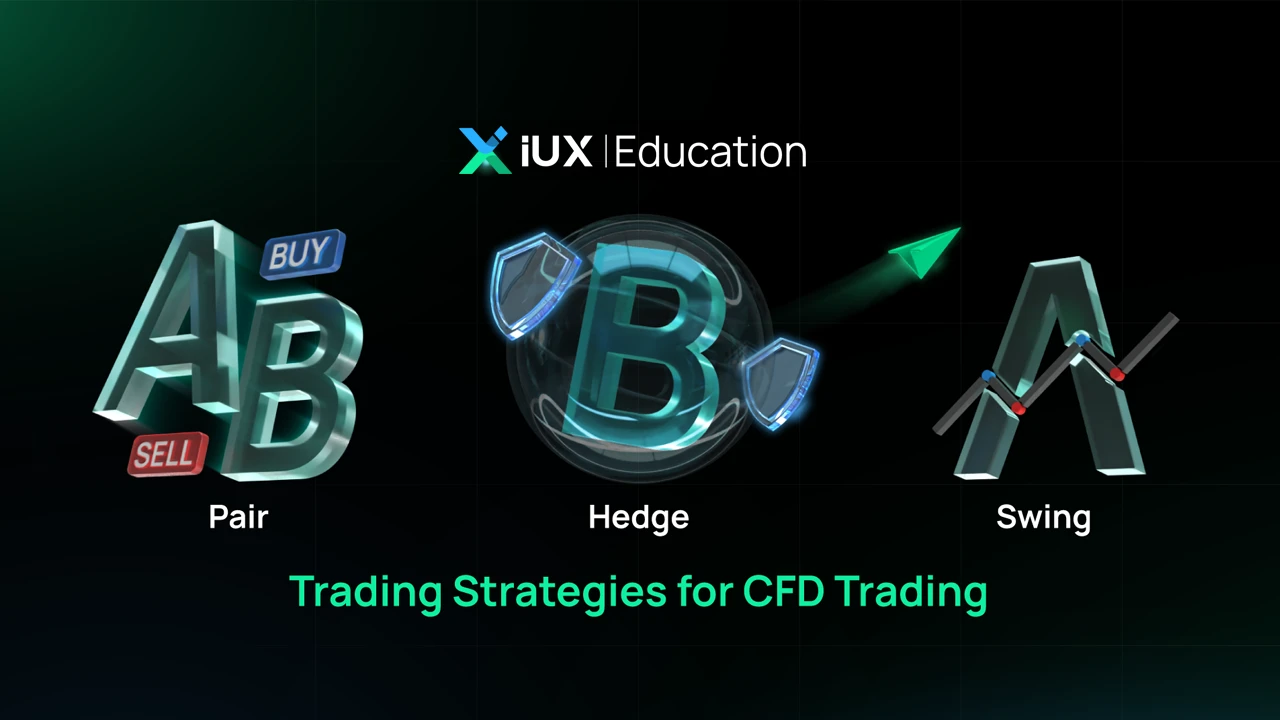
CFD : 什么是CFD交易?
什么是CFD交易,以及如何通过MetaTrader在IUX平台上进行交易?
你是否曾想过如何在不直接拥有资产的情况下投资金融市场?差价合约(CFD)就是答案。这篇文章将带你深入了解CFD交易,探索它的核心概念,IUX作为经纪商的作用,以及使用MetaTrader平台进行交易的优势。
| 关键要点 |
CFD交易提供了灵活性和高回报的潜力,但也伴随着较高的风险。像IUX和MetaTrader这样的平台为新手和有经验的交易者提供了成功所需的工具和资源。请务必使用风险管理策略来保护您的资金。
什么是CFD交易?
CFD交易,全称为差价合约交易,是一种参与金融市场的热门方式。它允许交易者对各种资产(如股票、商品和外汇)的价格波动进行投机,而无需实际拥有这些资产。想象一下,如果你认为某只股票的价格会上涨,通过CFD你可以进入反映这一预测的合约。如果价格上涨,你就可以获利;如果价格下跌,你可能会亏钱。像IUX集成到MetaTrader平台中,为CFD交易提供了强大的工具。
CFD交易的工作原理
CFD交易,即差价合约交易,涉及与经纪商达成协议,在从你开仓到平仓的这段时间内,交换标的资产价格的差额。这意味着你是在对资产的价格波动进行投机,而无需实际拥有它。
-
做多(买入):
如果你认为资产价格会升高,你可以做多(买入)CFD。如果资产价格上升,你将获利;如果价格下跌,你将亏损。
-
做空(卖出):
相反,如果你认为资产价格会下降,你可以做空(卖出)CFD。如果资产价格下降,你将获利;如果价格上升,你将亏损。
你的利润或亏损取决于你进场(开仓)价格和出场(平仓)价格之间的差额。
CFD交易的优势
-
-
可访问性:与传统投资相比,CFD提供了对更广泛市场的访问,包括股票、外汇、商品和指数。
-
-
-
杠杆作用:CFD允许交易者使用杠杆,这意味着你可以用较少的资金开设更大的仓位,这可以放大收益,但也增加了风险。
-
多样化市场访问:通过像IUX这样的单一平台,可以交易多种市场。
-
灵活性:你可以做多(买入)或做空(卖出)CFD,从而从价格的上涨或下跌中获利。
-
此外,交易差价合约(CFD)的优势还有很多。通过 IUX 探索所有市场,尽在指尖。您可以在一个平台上交易多种资产类别,包括股票、货币、加密货币和商品。凭借高杠杆比率,您可以最大化盈利机会,并在市场上涨或下跌时都能受益。增加多样性和灵活性,同时分散风险和收益到每一项投资中。体验卓越的交易,并今天就与我们一起在 IUX 提升您的交易和投资潜力。
结论
CFD交易是一种多样化且容易获取的方式,能够在金融市场中进行交易。通过使用像MetaTrader和IUX这样的平台,交易者可以利用市场的波动,而无需拥有标的资产。然而,重要的是要理解相关的风险,并以负责任的态度进行交易。拥有正确的知识和工具,CFD交易可以成为一个有利可图的投资途径。
记住,研究和明确的交易策略是成功的关键。

